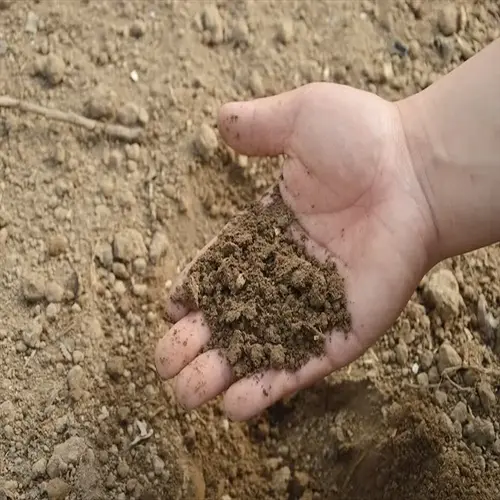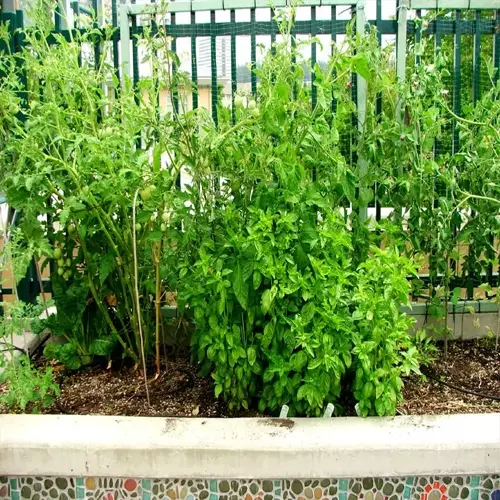Why avoid hydrogen peroxide on tomatoes?

Written by
Olivia Mitchell
Reviewed by
Prof. Charles Hartman, Ph.D.Although gardening advice often suggests using hydrogen peroxide on tomatoes, it generally does more harm than good. Concentrations of greater than 1% will cause leaf burn, resulting in white, dead leaf patches that appear within just hours. I've made the mistake of harming young plants with hydrogen peroxide before realizing that it indiscriminately kills all important soil microbes. It is these microbes, as helpful and foundational organisms, that make plants resilient against disease, and killing them exposes the plants to recurring disease attacks.
Plant Damage Mechanisms
- Oxidative burns at concentrations exceeding 1%
- Oxygen bubbles blocking water/nutrient transport in stems
- Root membrane disruption increasing vulnerability to pathogens
- Chlorophyll destruction causing white bleaching on foliage
Soil Ecosystem Impact
- Kills mycorrhizal fungi essential for nutrient absorption
- Reduces nitrogen-fixing bacteria populations by 60-80%
- Disrupts predator-prey balances allowing pest explosions
- Leaches calcium and magnesium from root zones
Safer Alternatives
- Copper fungicides at 2 oz per gallon for fungal issues
- Bacillus subtilis drenches for root disease prevention
- Potassium bicarbonate sprays for powdery mildew
- Garlic oil solutions as broad-spectrum antifungal
Recognize proper usage exceptions. A diluted 0.3% solution can sterilize seeds for planting with no harm. I soak seeds for 5 minutes and then rinse thoroughly. Never apply to established plants, especially if heat is above 80°F/27°C, when potential damage is highest. Always test any alternatives on a single leaf first.
I prefer biological controls. Use compost tea to bring back a population of microbes after using peroxide inadvertently. Use beneficial nematodes to control soil pests. I also mix neem oil with copper sprays, where the two work synergistically to provide additional protection. I do things like this to benefit planet health without collateral damage.
Avoiding issues is often easier and less expensive than fixing them. Use drip irrigation to limit excess water and maintain a consistent level of soil moisture. Rotate crops annually to break the disease cycle. I plant resistant varieties such as 'Mountain Merit', which reduces the disease burden by 70%. Healthy plants seldom require treatment, and limit the risk of treatment.
Read the full article: Tomato Plant Diseases: Comprehensive Guide

